Thanksgiving is coming up! The gatherings may not be as big this year, but families around the country will find ways to celebrate safely. And that means a lot of food. On average, Americans consume 3,000 calories during their Thanksgiving dinners. It’s not hard to see why. With the smorgasbord of tempting dishes, many of which don’t make their way to dinner tables other times of the year, it seems reasonable to give yourself an excuse to fill up. But how did we end up with today’s “traditional” Thanksgiving dishes? And is there more to the story? Impress the table with these obscure facts about the true history behind our favorite Thanksgiving dishes.
Fun facts about America’s favorite Thanksgiving dishes: Part One
Cranberry sauce
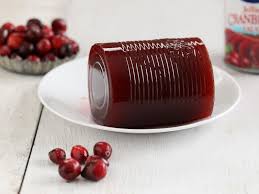
Next to turkey, the food most associated with Thanksgiving dinner may just be cranberry sauce, especially the sort that comes jellied in a tin can. And though that perfectly tart jelly might be good year-round, it is only because of a kind-hearted New Englander (link2) that cranberries are edible year-round rather than a number of weeks.
After achieving success lawyer Marcus L. Urann decided he wanted to give back to his community in a big way. In 1912 he left law to purchase and cultivate a New England cranberry bog in the hope of not just harvesting the small fruit, but creating an entire new industry to support the region. In a 1959 interview he stated: “I felt I could do something for New England. You know, everything in life is what you do for others.” And help he did. After finally perfecting the canned version it hit markets in 1941, establishing an entire new industry and holiday staple. Today, only 5% of cranberries are enjoyed fresh, and four million pounds are consumed in jelly form each year.
Mashed potatoes
While turkey might be seen as the most traditional Thanksgiving dish, mashed potatoes are not only a close runner-up; they may also be the most popular dish on the table. They may also be one of the most controversial, with strong opinions about the correct way to prepare them. This is fitting for the fluffy delicacy, as its entry onto the dinner table came at a time when opinions were at an all-time high for the root vegetable, with some people believing them to be the cause of one of history’s most despised diseases, leprosy.
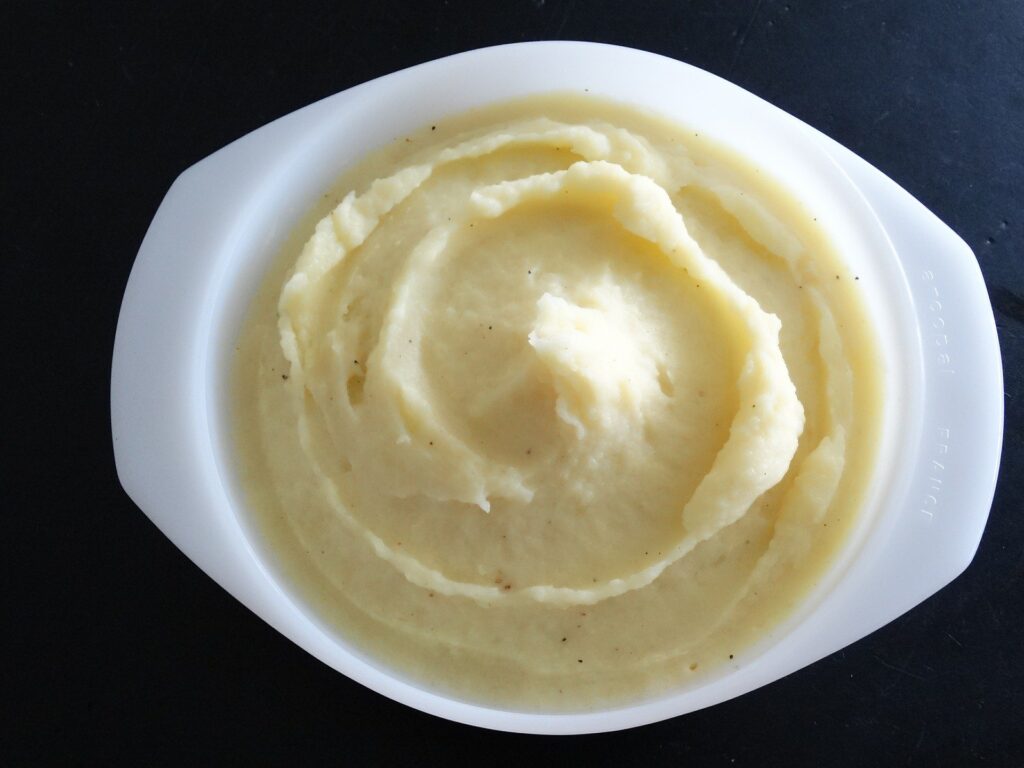
That’s correct, rather than taking the continent by storm, after potatoes made their way to Europe from South America in the 1500s, people eyed the lumps with suspicion. For many years they were seen to be useful to feed to animals, and that’s about it. Long before the invention of the French fry, potatoes were banned in France from 1748 to 1772 due to widespread beliefs that they were poisonous or even caused leprosy. While it took time, scientist Antoine-Augustin Parmentier, who had seen what spuds could really do during his time as a POW in Prussia during the Seven Years War, eventually put these fears to rest. He advocated tirelessly to defeat prejudice against the vegetable that he thanked for saving his life during this time, and eventually succeeded. But while the ban was lifted, he had only won the battle, not the war.
Although King Louis XVI made a point to wear potato flowers in his buttonholes at public functions and Marie Antoinette adorned her famous quaff with wreaths of them, those tasked with growing the darn things were slower to get on board. Most peasants were so convinced that potatoes caused leprosy that it would only be after much creative persuasion that today’s favorite Thanksgiving ingredient would get propagated in the country.
Gravy
Although gravy is another Thanksgiving dish brought to us by early European settlers, the term “riding the gravy train” is as American as pouring it over biscuits. Recipes appear as far back as Old English cookbooks from the late 1300s, believed to be translations from Old French cookbooks (popular belief is that the spelling is due to the word accidentally being written incorrectly during this process, as the French word for the sauce was originally ‘grane’). Earliest versions included drippings from fish and white meat rather than today’s more common beef bullion. After the Civil War, the options expanded and some variants became known as an easy to prepare dish, helped by the growing popularity of iron cookstoves. Soon it was being seen around campfires and consumed by men with outdoor professions such as miners and railroad workers. It is here that the idiom was birthed.
Though the reasons are unknown, in the early twentieth-century gravy had begun to be used to refer to money that was easy to come by. Railroad workers in the 1920s, therefore, used it as slang to describe an easy but high paying job. The term stuck, becoming part of the American lexicon.
Green been casserole
Along with sweet potatoes layered with marshmallows, green bean casserole is another dish found on today’s Thanksgiving table that the Pilgrims couldn’t have imagined. While some love it and some hate it, the dish is now a Thanksgiving staple across the country. It is also a dish that hasn’t been passed down through history or because the ingredients are seasonal, but rather because of clever corporate marketing.
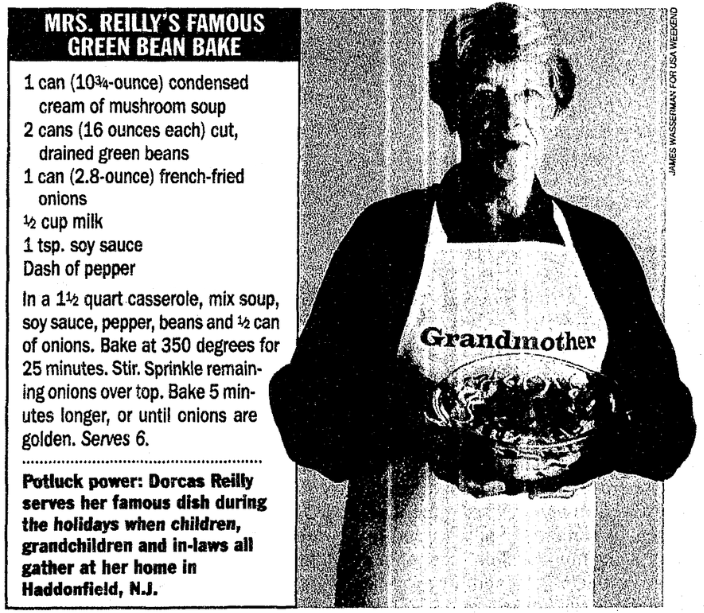
In 1955, home scientist Dorcas Reilly found herself working for Campbell’s Soup Company and being given the assignment to create meals out of ingredients families already had on hand. Green bean casserole was her creation, consisting of canned green beans, soy sauce, cream of mushroom soup, dehydrated onions, pepper, and milk. Campbell’s loved it and soon the recipe was being printed on labels of their cream of mushroom tin cans. Why the dish became so widespread is a bit of a debate, but become popular it did. In 2002 Reilly was inducted into the Inventors Hall of Fame, now sitting next to the light bulb and the phonograph.
Dinner rolls
And how about the most historic item on your plate? Or one that we can thank for giving us beer? That would be your dinner roll.
The earliest record of bread is found in Egypt in 8000 BC, where it was considered to be one of the most important daily items. This is evidenced by small loaves being found in the many Egyptian tombs and by numerous depictions of the harvest in ancient art. Bread was also used as currency, or as a form of payment. Eventually, and likely through a series of fortunate events, it was discovered that bread left in warm water for a time would create an intoxicating liquid. The rest is history.
Am I missing your favorite Thanksgiving dish? Don’t worry, I’ll be back with another five dishes and their interesting history next week!
More holiday reading:
Victorian Greeting Cards for the Autumn Holidays
1950s holiday recipes that aren’t as loved today

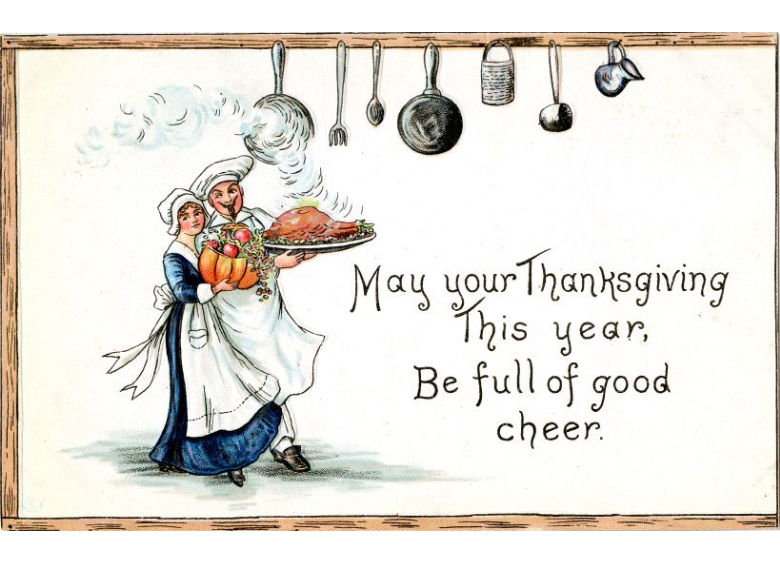


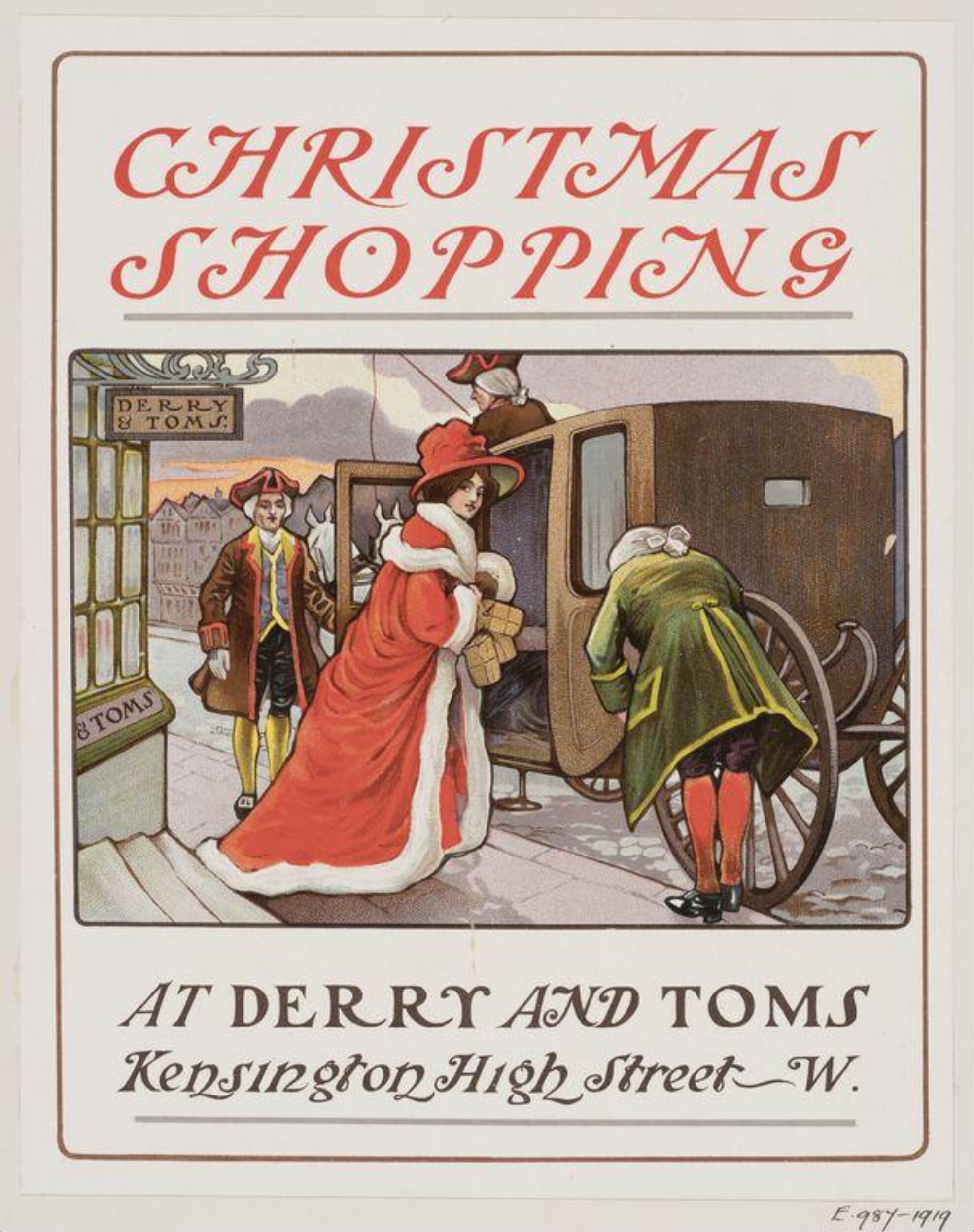

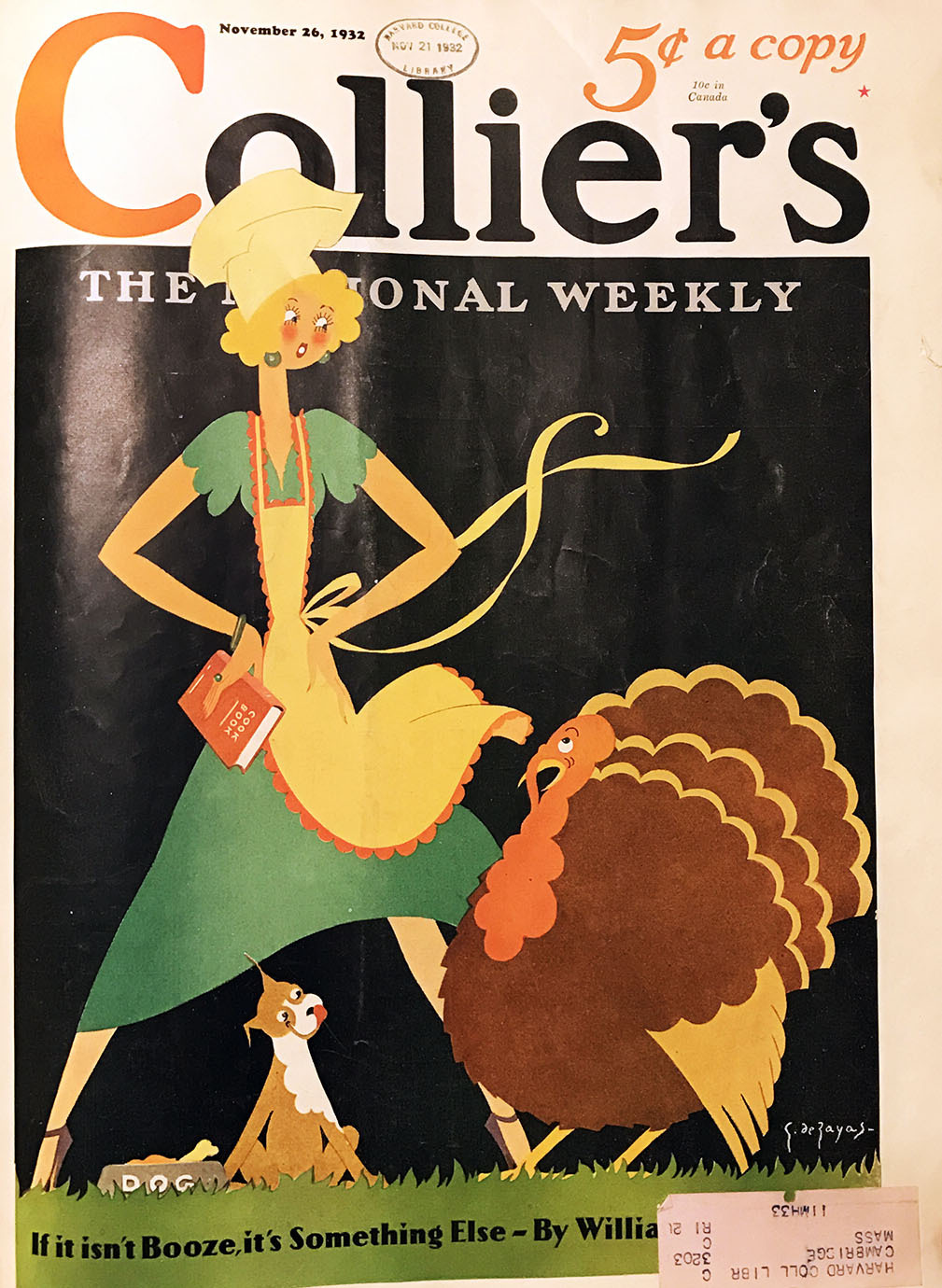
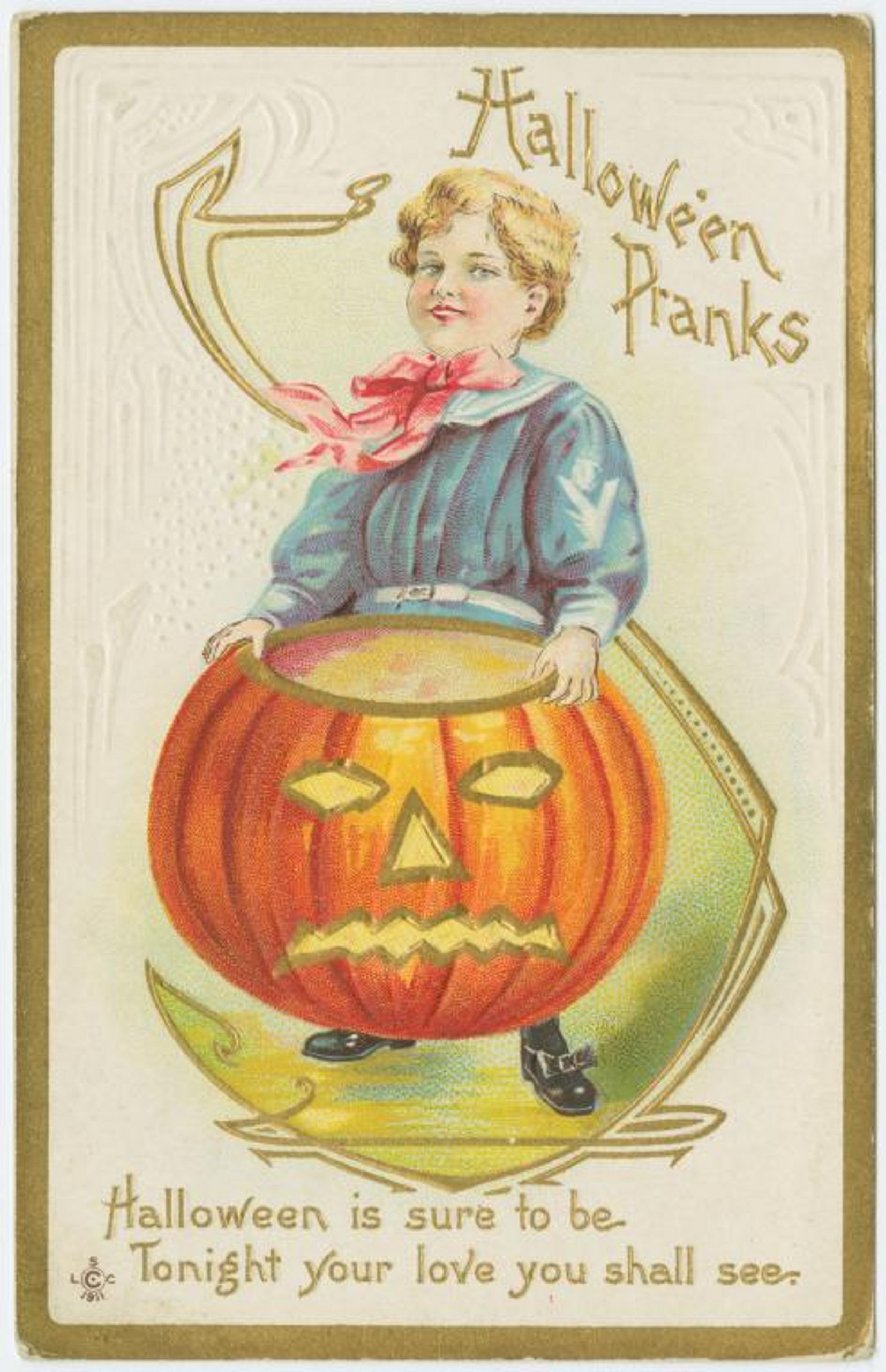

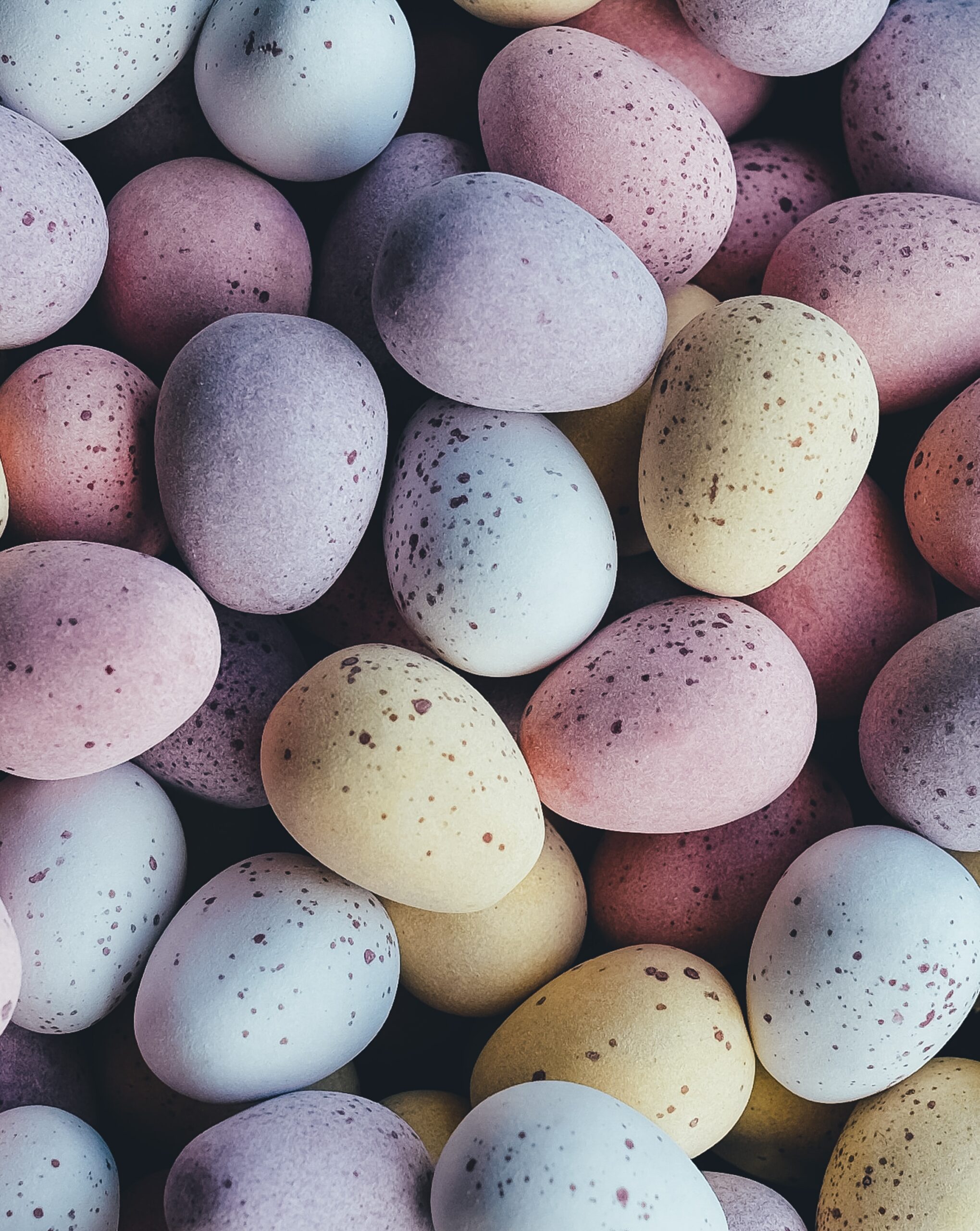
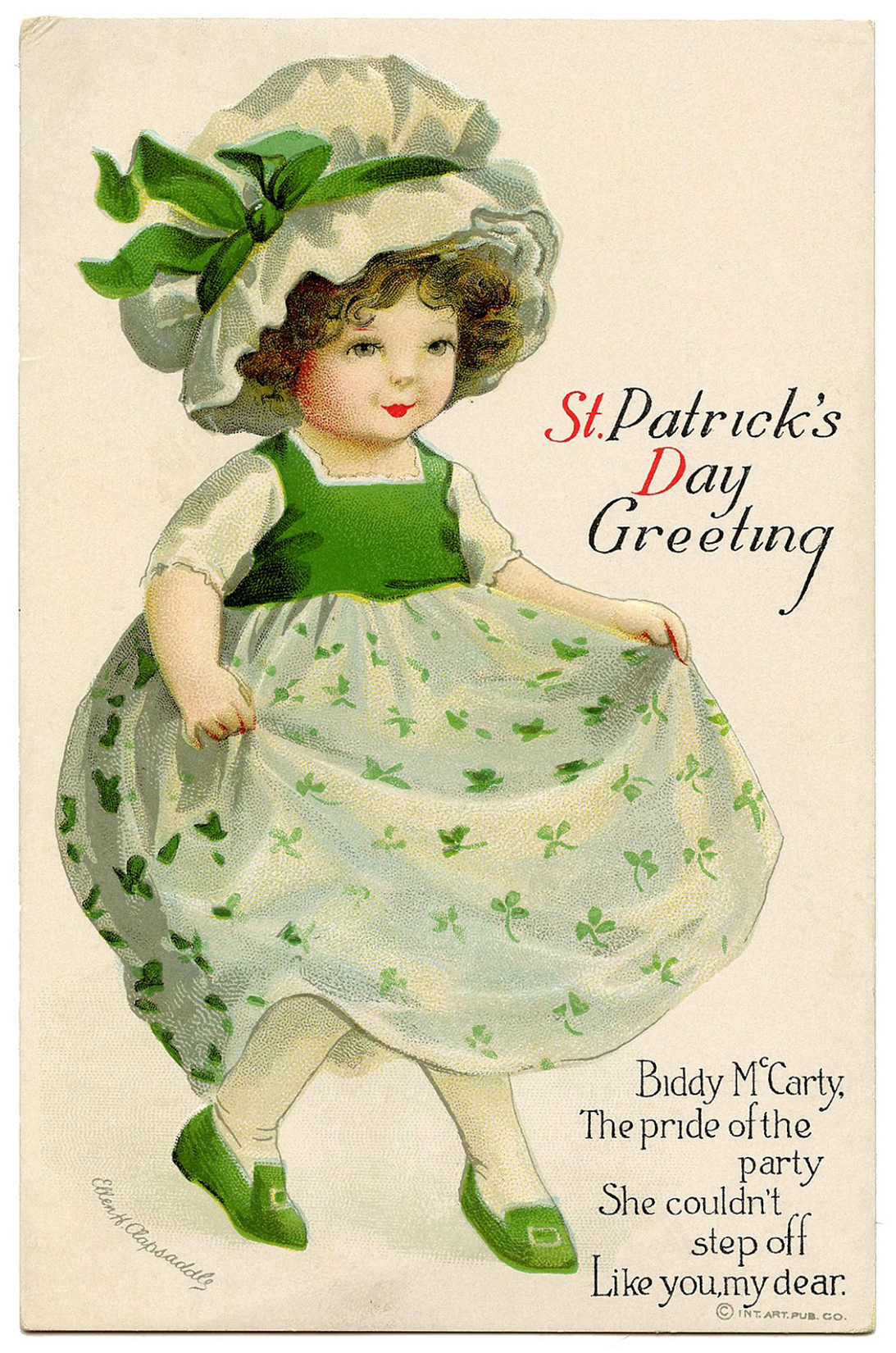
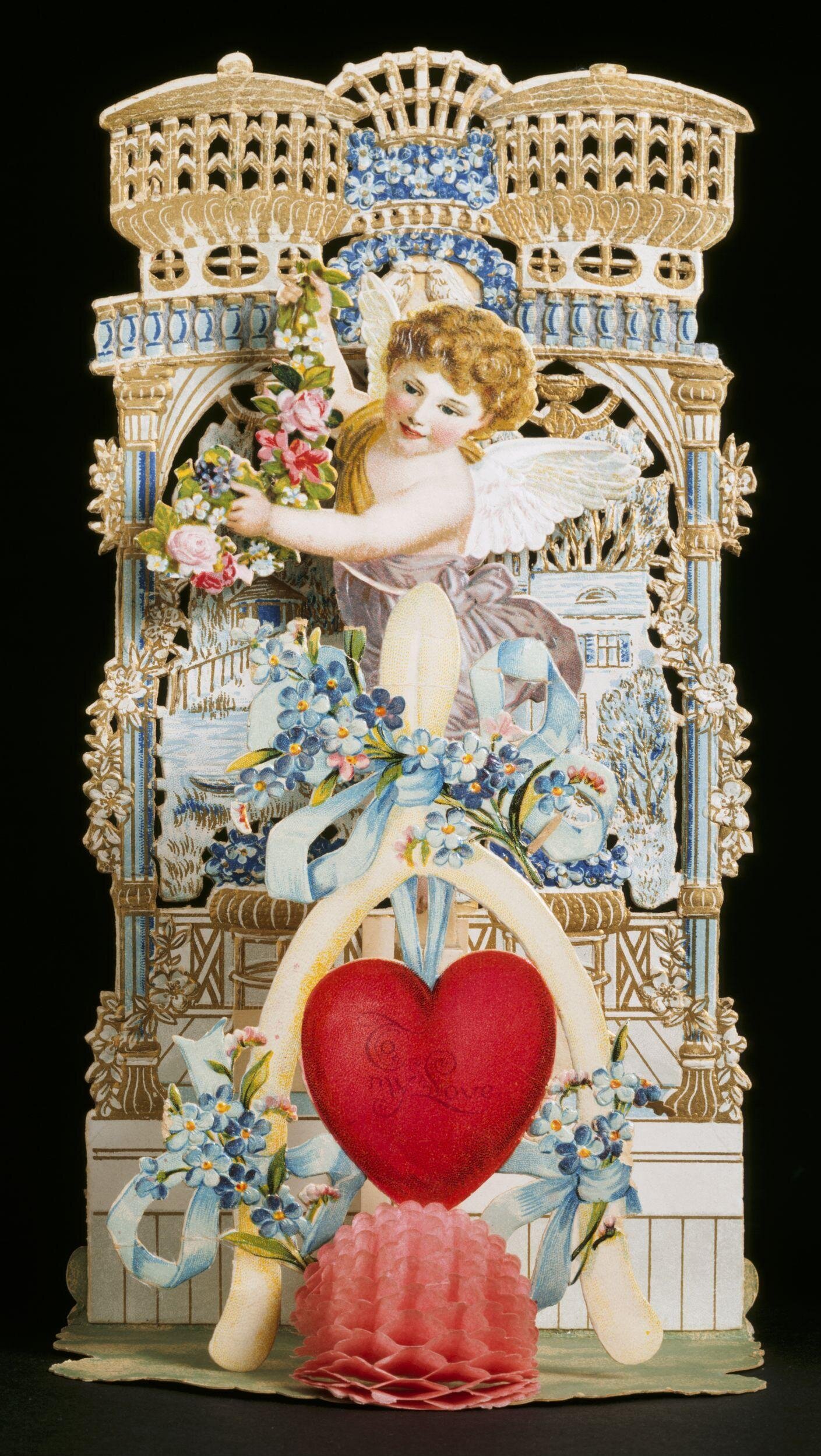
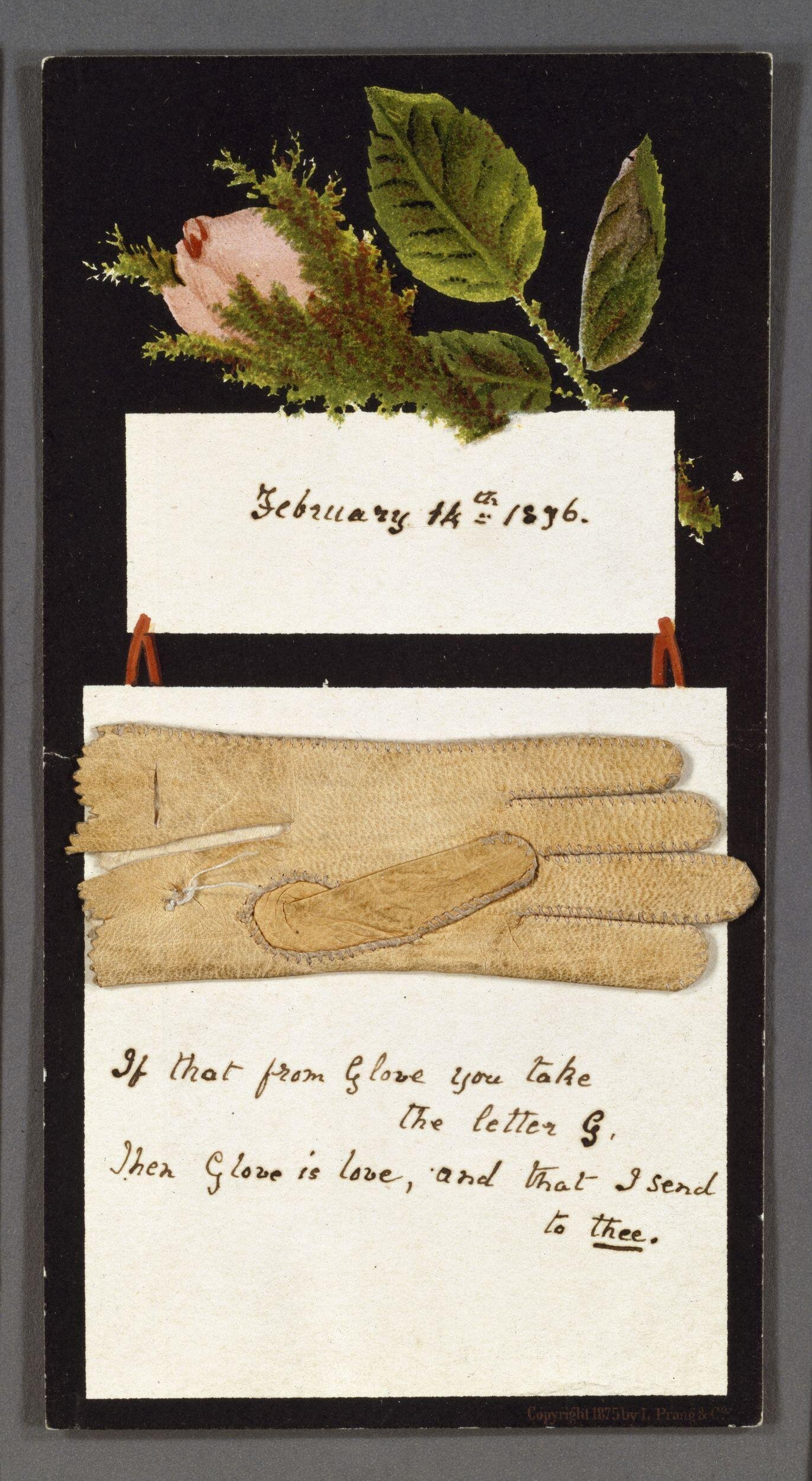
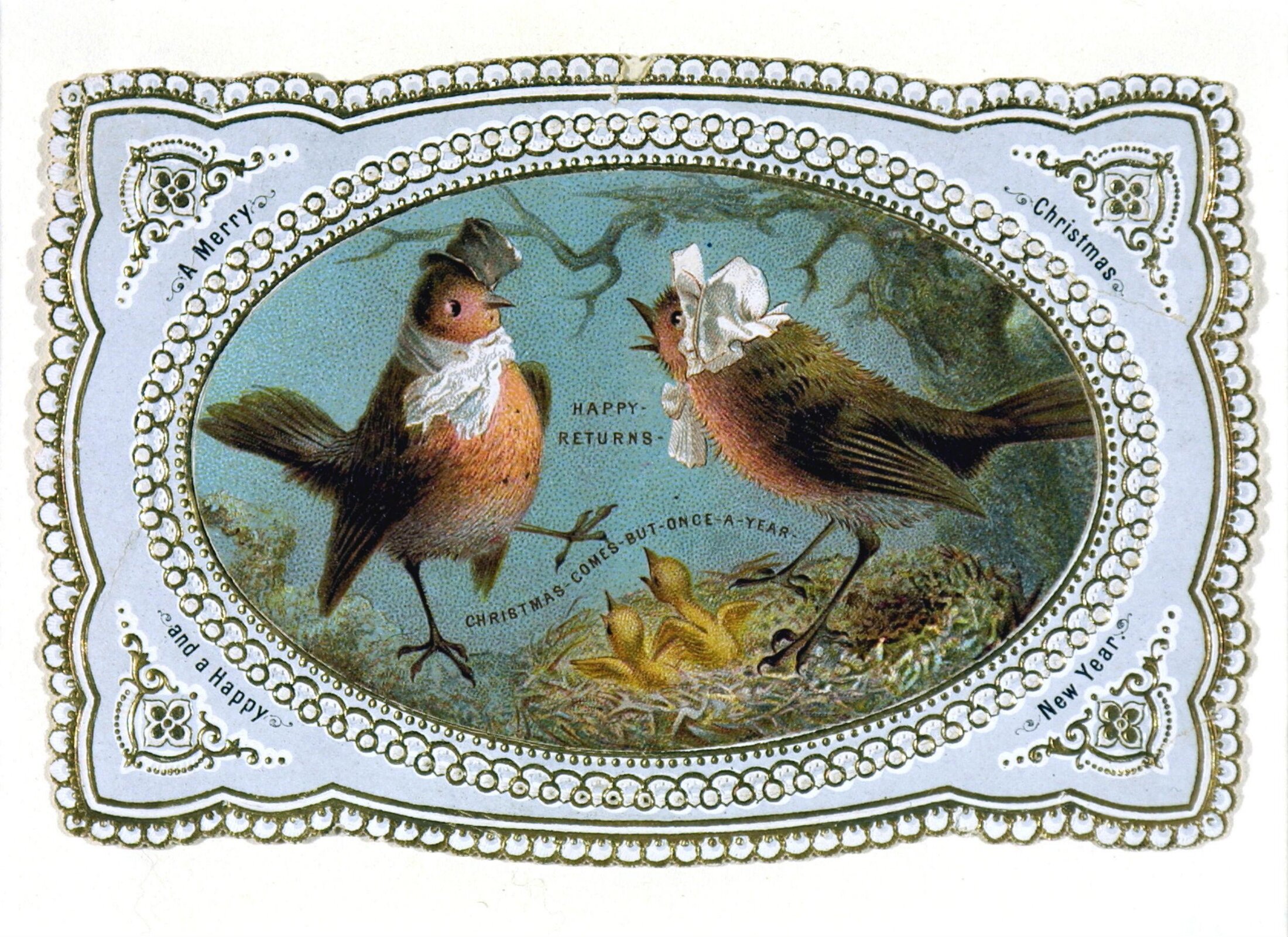
Leave A Comment